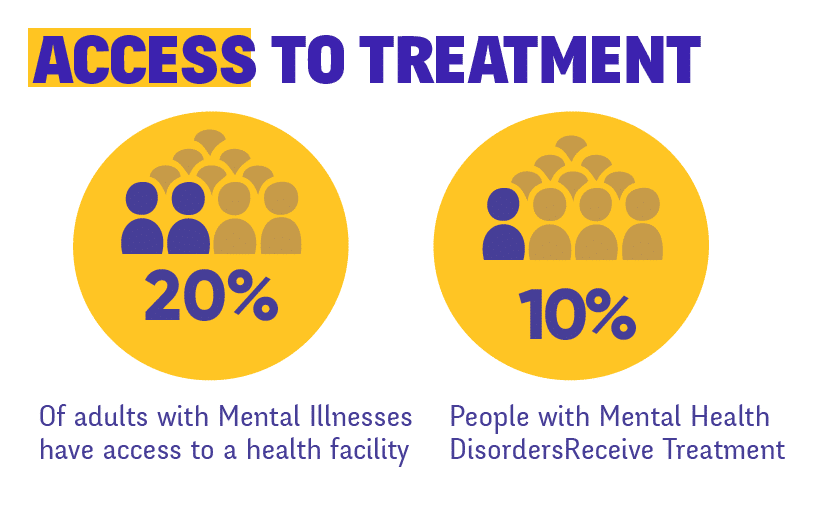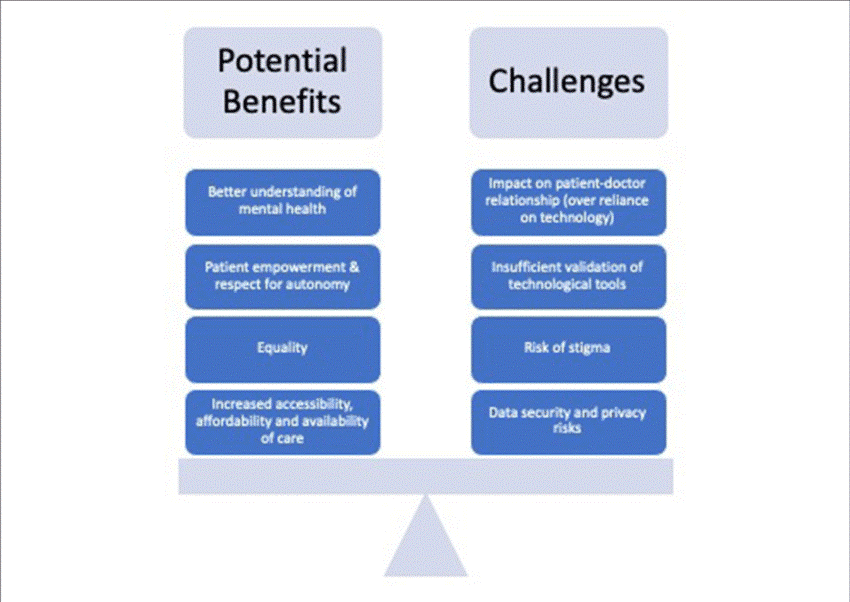Long-term residential mental health facilities can be a viable option for those seeking mental health treatment. Before deciding, it’s essential to weigh the benefits and risks. Let’s discuss these factors to help make an informed choice.
The pandemic era has driven us all to prioritize our well-being. Mental health constitutes a crucial part of our well-being. The work-life imbalance, relationship issues, and financial problems often put our mental health at stake. Data by the National Institute of Health estimates that within 12 months, nearly 30 percent of the U.S. population experiences some diagnosable mental health or addictive disorder. It directs us towards paying particular attention to our health needs and continuously managing it well. There are various options available to manage one’s health the right way. One efficient way to manage it is through access to long-term residential mental health facilities. This article will discuss these facilities in detail, including their potential benefits and concerns.
Understanding long-term residential mental health facilities

Is your mental health at a breaking point?
The 2023 critical findings by Mental Health America show that Over half (54.7%) of adults with a mental illness do not receive treatment, totaling over 28 million individuals. In the hustle and bustle of life, mental health challenges like these often go unnoticed and ignored. It can be due to various reasons, including a lack of resources or knowledge of available facilities. Long-term residential mental health facilities during these times come as a savior. They offer the necessary tools and support to help individuals build resilience, develop coping mechanisms, and find peace amidst chaos. These facilities provide a structured and supportive environment that allows individuals to learn the skills and strategies to sustain their recovery. Depending on their treatment goals and progress, residents may stay in these facilities for several months to even years. The facilities have a team of professionals, including psychiatrists, psychologists, social workers, nurses, and counselors, who work together to help the patients heal faster and better. Everything that the residents need is provided under one roof, including community support, medical support, and a positive environment. It empowers residents to lead fulfilling lives after they complete their treatment.
Benefits of long-term residential mental health facilities

Image source
Long-term residential mental health facilities play a vital role in the mental healthcare system by offering sustained treatment and support. In this discussion, we will explore their advantages in improving the lives of those seeking recovery.
- Improves quality of life—Mental facilities support residents, reducing the risk of relapse and hospitalization, leading to improved long-term outcomes and quality of life.
- Empowers with necessary skills– During treatment, residents engage in various therapeutic activities and skill-building workshops, which enhance their coping strategies, problem-solving skills, and interpersonal relationships.
- Promotes recovery by reducing symptoms– Mental health facilities provide a structured daily routine and environment, which helps establish stability, promote healthy habits, and reduce stressors that exaggerate symptoms.
- Enhances safety by mitigating self-harm risks—Research by the National Institute of Health suggests that long-term residential mental health facilities reduce the chances of self-inflected injuries and suicidality through customized, varying levels of safeguarding. Thus, it can be an ideal option for people who want to prioritize their safety.
- 24/7 monitoring and support- Long-term residential mental health facilities offer extended periods of care, allowing individuals to receive consistent support and monitoring, which is crucial for managing chronic or severe mental health conditions.
- Eases the recovery process through community support– Residents can easily interact with their peers with the same condition, which can help them cope with it together.
- Provides tailored treatment plans– Medical facilities design each treatment according to an individual’s specific needs, which speeds up the recovery process.
Concerns about long-term residential mental health facilities

Long-term residential mental health facilities are essential resources for individuals coping with complex conditions. However, certain valid concerns must also be considered. Let’s examine these considerations in depth to understand the drawbacks better.
Social stigma
While we make numerous efforts to break the social taboo of undergoing mental health treatment, there are still certain places where it is not, leading to feelings of shame or isolation for residents and their families.
Quality issue
While long-term residential mental health facilities provide access to everything a resident needs to recover fully, residents have to be particular about which facility to choose for faster recovery. Not all facilities are relevant and suitable for treatment. Therefore, patients must research the facilities thoroughly before committing themselves to them.
Financial constraints
Undergoing treatment from a quality medical facility might not be feasible for someone suffering from a financial crunch. Data by Mental Health America shows that 42% of adults with mental illness reported they were unable to receive necessary care because they could not afford it.
Overdependence on facility
The treatment facilities provided here can be beneficial but addictive. Patients may become dependent on such services, making the transition to independent living more challenging.
Your Path to Recovery Begins Here
FAQs
1. Why are long-term residential mental health facilities critical?
Long-term residential mental health facilities provide an individual with specialized care and support that promotes stability and recovery. It helps individuals with mental health challenges come out of their situation healthier and happier.
2. What are long-term residential mental health facilities?
Long-term residential mental health facilities are specialized care settings designed to provide comprehensive treatment and support to people with mental health challenges. It offers a structured living environment where residents receive ongoing therapy and treatment.
3. How do we overcome the barriers to mental health treatment?
Some of the ways to overcome mental health barriers are through increased awareness, education, early intervention, and care.
4. How effective is mental health treatment?
The effect of mental health treatment varies from individual to individual and depends on various factors. Research states that it can be highly effective in improving symptoms, enhancing the quality of life, and promoting overall well-being.
5. What is a long-term mental health condition?
Long-term mental health conditions are disorder that persists over an extended period, typically lasting for months or years. Examples of such conditions are Major depressive disorder, generalized anxiety disorder, Post-traumatic stress disorder, etc.
Conclusion
Taking care of our mental health is essential for leading a peaceful and prosperous life. Now that we are aware of the advantages and concerns associated with long-term residential mental health facilities, deciding what to do can be less challenging. For those still contemplating whether to pursue treatment or explore alternative options, seeking guidance from a medical expert is advisable. Besides medical help, seek family’s support to walk through the journey with love and courage.









